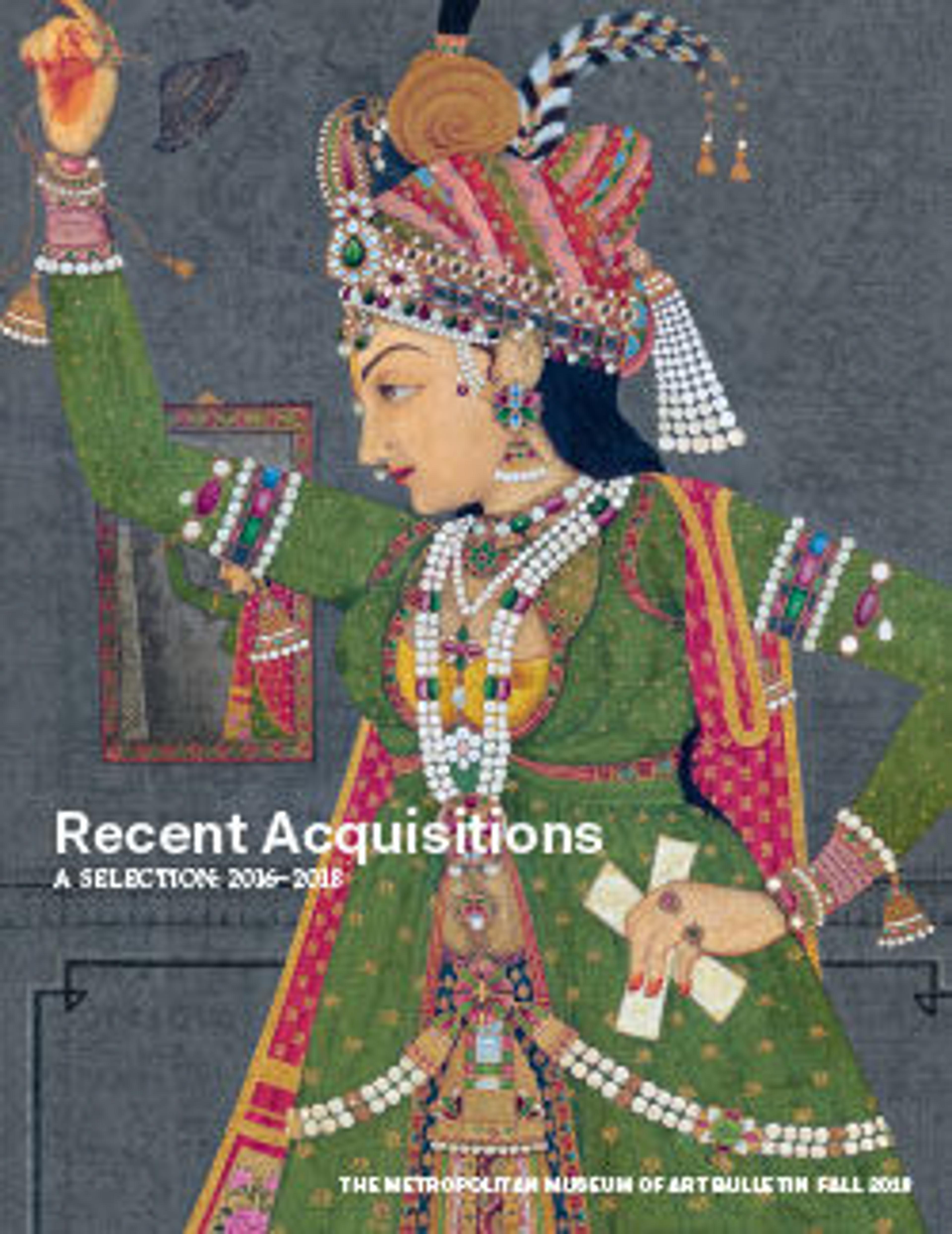Gravikord
An electro-acoustical, minimalist adaptation of the West African kora, the gravikord was patented in 1984 after developing from prototypes made as early as 1974. It and its African forerunner have vertically notched bridges that aligns the 24 color-coded strings in a harp-like fashion and allows the player to pluck them with the fingers while holding the handles at each side. The electronically amplified instrument features a variable pitch device operated by a crossbar under the bridge.
Bob Grawi, the designer and maker of the Gravikord, describes the variable pitch mechanism as follows:
"The bridge is stably supported by four knife-edge pivot. When the right-hand bridge handle is pulled the bridge platform rocks to the right on the two right side pivots, resulting in the left-hand rank of strings raising in pitch, while the right-hand rank lowers in pitch. When the left handle is pulled the opposite occurs. This allows the player to easily raise or lower the pitch of any string desired. The string tension on the bridge is quite high, so that the rank of strings lowering in pitch actually contribute their pressure in helping to reduce the force needed y the player to vary pitch. This is a unique pitch bending system found only on this instruments."
Bob Grawi, the designer and maker of the Gravikord, describes the variable pitch mechanism as follows:
"The bridge is stably supported by four knife-edge pivot. When the right-hand bridge handle is pulled the bridge platform rocks to the right on the two right side pivots, resulting in the left-hand rank of strings raising in pitch, while the right-hand rank lowers in pitch. When the left handle is pulled the opposite occurs. This allows the player to easily raise or lower the pitch of any string desired. The string tension on the bridge is quite high, so that the rank of strings lowering in pitch actually contribute their pressure in helping to reduce the force needed y the player to vary pitch. This is a unique pitch bending system found only on this instruments."
Artwork Details
- Title:Gravikord
- Maker:Bob Grawi (American, born 1947)
- Date:late 20th century
- Geography:Florida, New York, United States
- Culture:American
- Medium:Stainless steel, wood, plastic
- Dimensions:52 × 7 × 6 1/2 in., 5 lb. (132.1 × 17.8 × 16.5 cm, 2267.985g)
- Classification:Chordophone-Harp
- Credit Line:Gift of Bob Grawi, 2016
- Object Number:2016.719
- Curatorial Department: Musical Instruments
More Artwork
Research Resources
The Met provides unparalleled resources for research and welcomes an international community of students and scholars. The Met's Open Access API is where creators and researchers can connect to the The Met collection. Open Access data and public domain images are available for unrestricted commercial and noncommercial use without permission or fee.
To request images under copyright and other restrictions, please use this Image Request form.
Feedback
We continue to research and examine historical and cultural context for objects in The Met collection. If you have comments or questions about this object record, please contact us using the form below. The Museum looks forward to receiving your comments.
